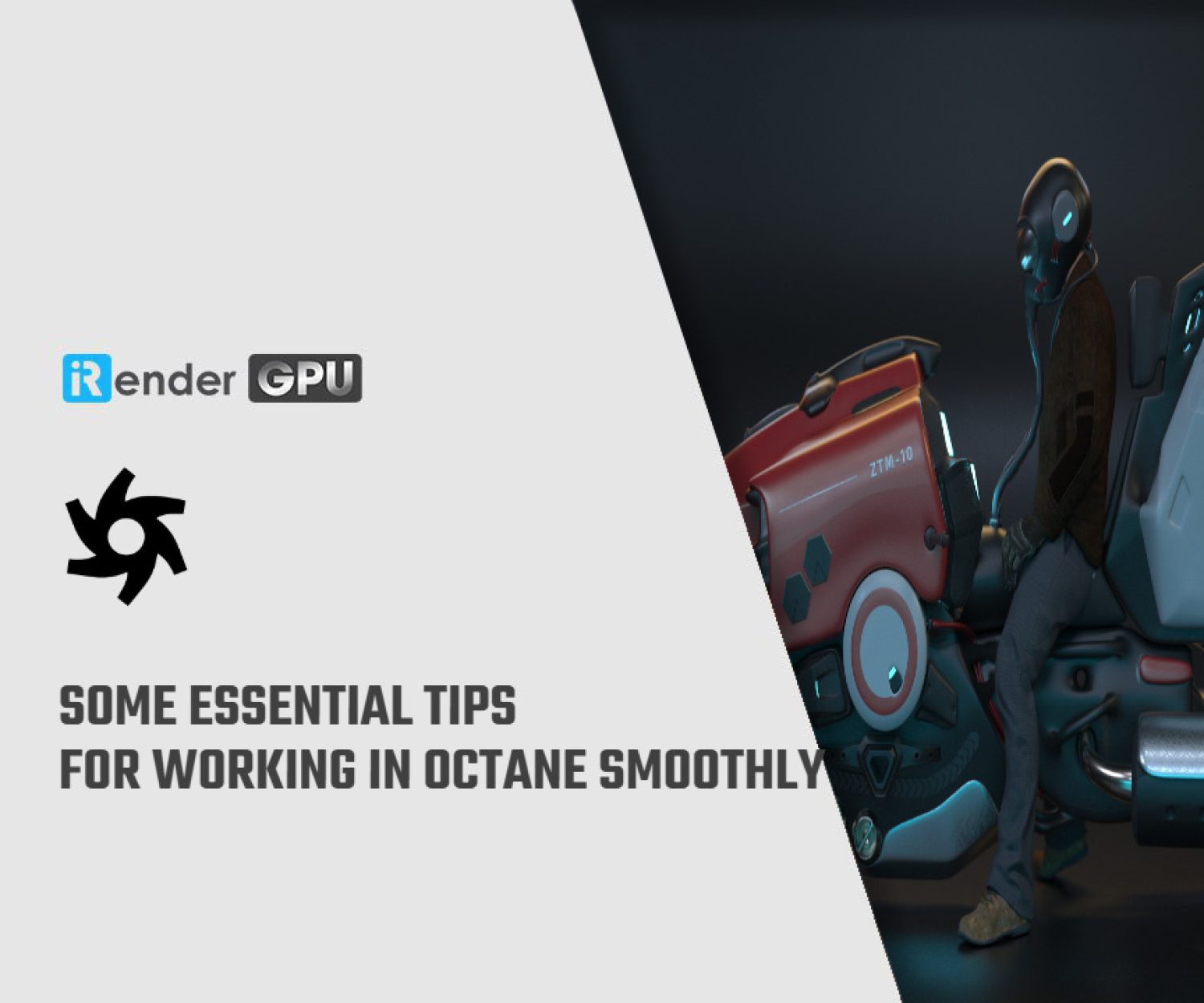Amazing features in Octane Render in 2021
Octane is raising the bar in many ways throughout the 3Drendering industry and they continue to be at the forefront of a GPU rendering revolution. Because of Octane’s speed, cost savings, ease of use and cutting edge technological advancements they are absolutely worth trying out.
In today’s article, let’s explore the Upcoming features in Octane Render made by Otoy as requested by the users for better performance and improvement.
Geoclipping
Geoclipping is one of the amazing features in Octane Render, it’s really fast all done on the GPU. It works great and it could do a lot of really interesting boolean model operation sum right within the core now
NEW Boolean Geometry Shader Clipping makes it easy for artists to create procedurally trimmed intersecting geometry with a clipping material applied to a volume, mesh or vectron formula. In contrast to ordinary clipping operations, Octane 2021’s clipping material allows you to fill in the clipped geometry surfaces with the original material, textures, and shading parameters using the clipping material geometry’s UV set.
Twice Faster Light sampler
Octane 2021’s new AI Light algorithm reduces lighting and shading variances with mesh emitters, reducing overall noise in beauty passes, accelerating final frame renders by 2x or more.
The new light sampler is two times faster for AI light and direct light sampling.
1.5x Faster RTX Motion Blur in Octane rendering
The RTX hardware motion blur so you’re going to see about one and a half times faster speed. support for vertex deformation hardware-accelerated motion blur.
Major Volumetrics Upgrade
Top-requested features in Octane Render coming in 2021 in the next release or volume light linking.
Get rid of the 4x volume overlap limit in volumes that are the same step length.
Fixed issues with invisible lights and volumes in octane rendering.
Native USD support in Octane rendering
Another important feature is USD support right in octane so you can have usd proxies that will work great. To make Orbex itself export USD and import it that’ll be the core mesh format in octane interchange which is going to replace the limbic and obj and fbx and others
Major AOV Upgrade
Major overhaul of the aov system in Octane rendering with 2021and you can create any aov you want as shaders global textures you can create object maps all this is programmable much more powerful than what we had before and great for compositing.
You can use the built-in composite and octane and create many composited frames right within the core renderer in the ipr window.
Lightpath expressions number of things continuing on the aov work that’s been done in 2021.
Aov driver nodes that are basically following the way that Arnold does, aov drivers which is a great system same in octane
Stability Core and Memory core
The denoiser to CPUs that working on the map but to make that work on all platforms that’ll help as well when running on older GPUs and there’s a lot of heater or power consumption that does cause some instability.
Latest DVD drivers have been less of an issue we’re gonna harden out of core memory they provide even better support for NV-link and 3090 have billions of primitives that’ll fit in core or with NV-link
Improve memory management around converting images to grayscale. Single flow channel when they’re grayscale.
Some fixes going into the volume rendering passes or pieces of the engine again related to being able to ignore volumes for the focus picker
New AI Denoiser
Rebuilt the AI Denoiser that 2 times better than the 2020 version. The new one same number of samples double the quality so just again retraining the data set and improving the volumetric and the spectral denoiser just provides great results.
Motion Blur Improvement
Octane 2021 supports hardware acceleration on NVIDIA Ampere GPUs of animated mesh instances as well as geometry deformations to produce motion blur effects.
Improvements to motion blur for texture displaced objects and hdr environments.
New Progressive Photon Mapping
New kernel-based around a technology called progressive photon mapping (PPM).
PPM is a hybrid kernel that allows you to do really great caustics and projection map that allows you to do really fast caustics which is a special kernel in octane that designed for doing really complex light transport for caustics like volumes.
The great thing about ppm is allowed you to do the speed of the former the quality of the ladder.
It also used for baking irradiates.
Vectron Displacement in Octane rendering
Right now you can use osl shaders to do vertex displacement but it goes for host memory and GPU so that’s what Vectron displacement’s about it basically allow you to do the equivalent of vertex shaders game engine shaders on the GPU and still be super fast.
iRender prides itself on providing the right configuration packages for all versions of OctaneRender to give you a great experience in rendering. If you have any questions about using OctaneRender and how to speed up your rendering for your OctaneRender projects with our service, register for an account today to experience our service. Or contact us via WhatsApp: (+84) 912 515 500/ email [email protected] for advice and support.
iRender – Happy Rendering!
Source: creativemantra.com
Related Posts
The latest creative news from Octane Cloud Rendering.








